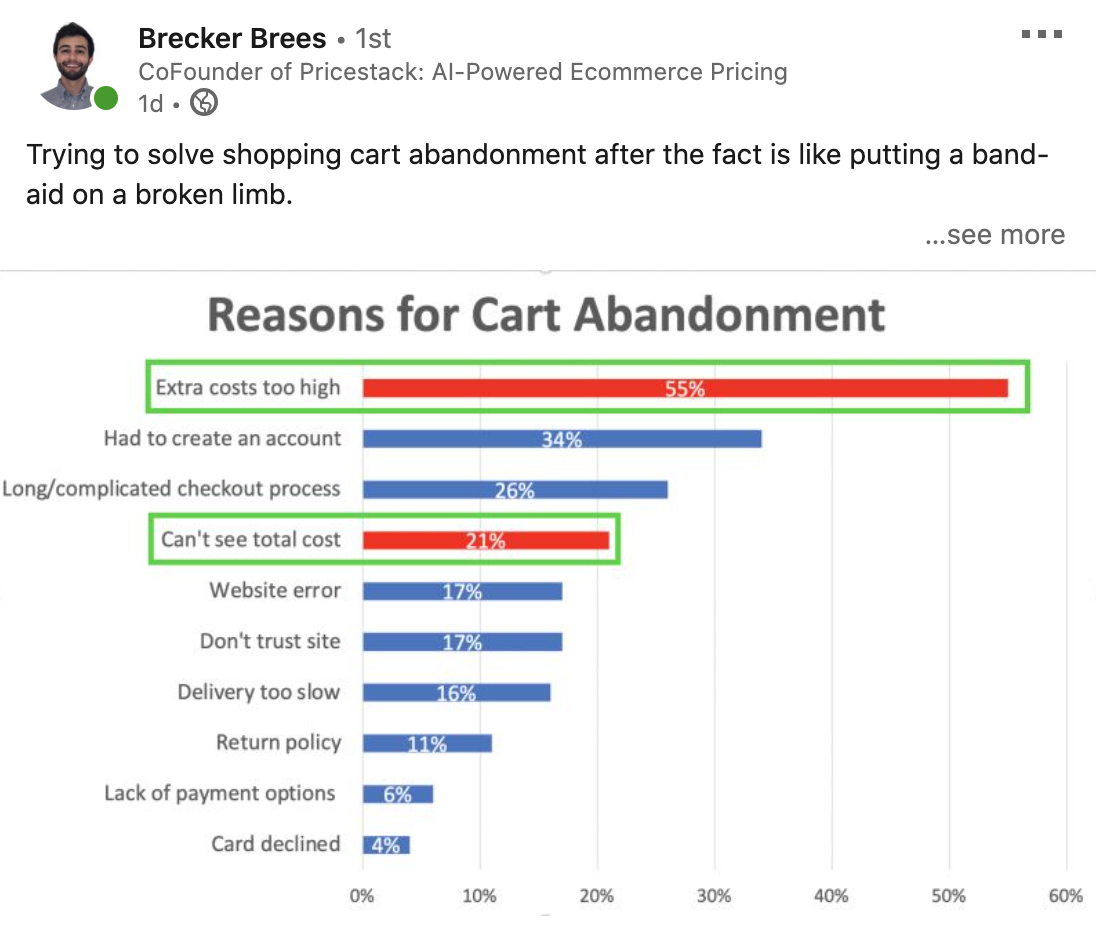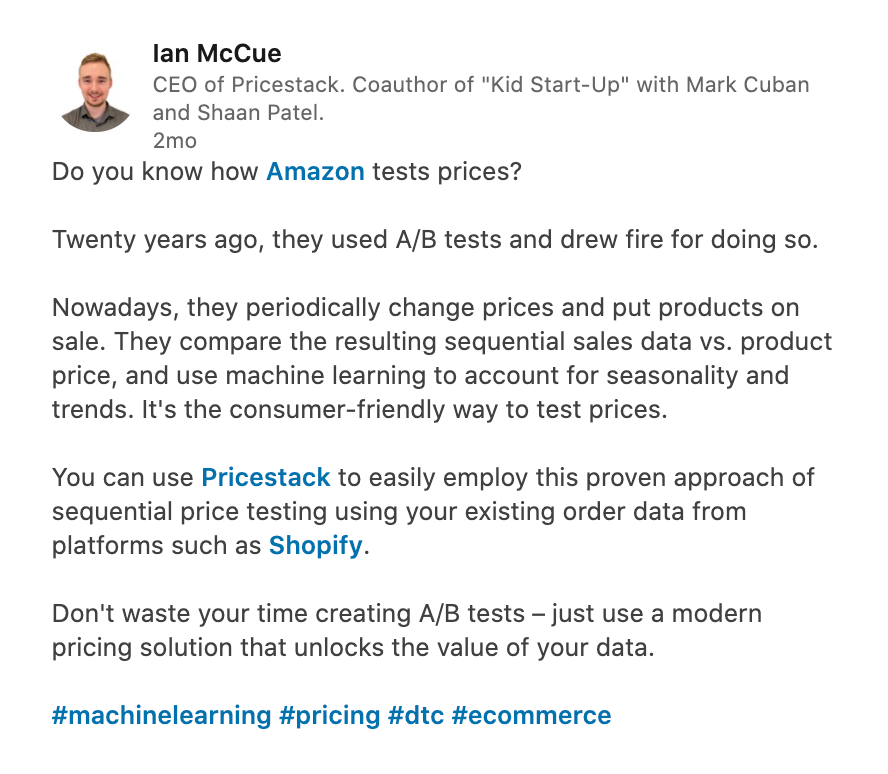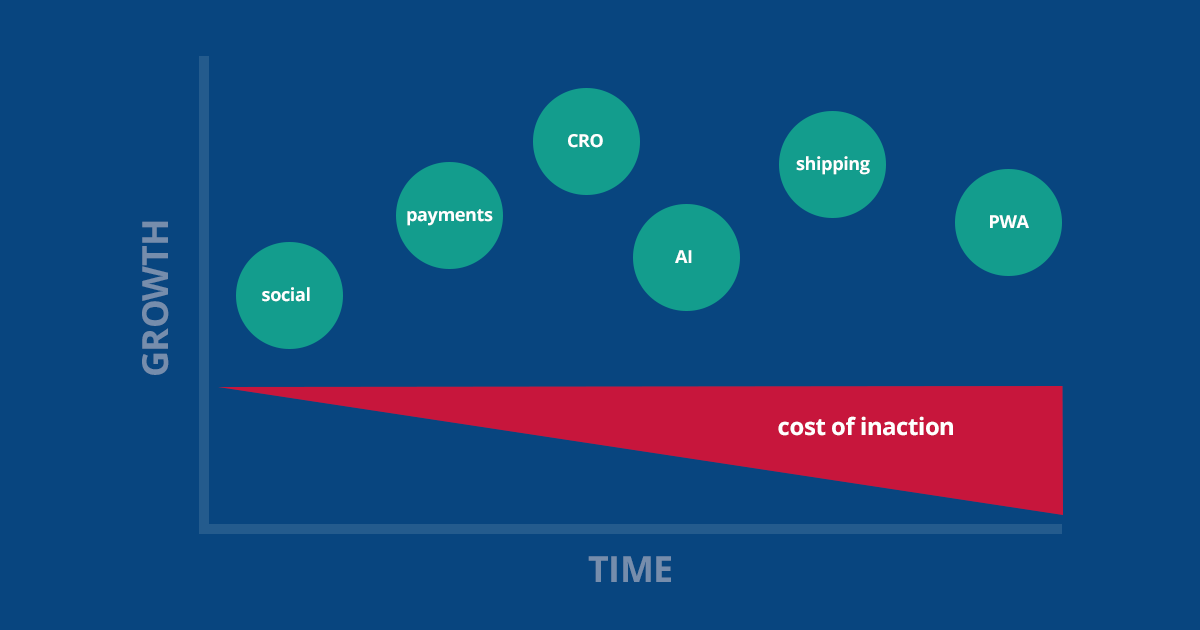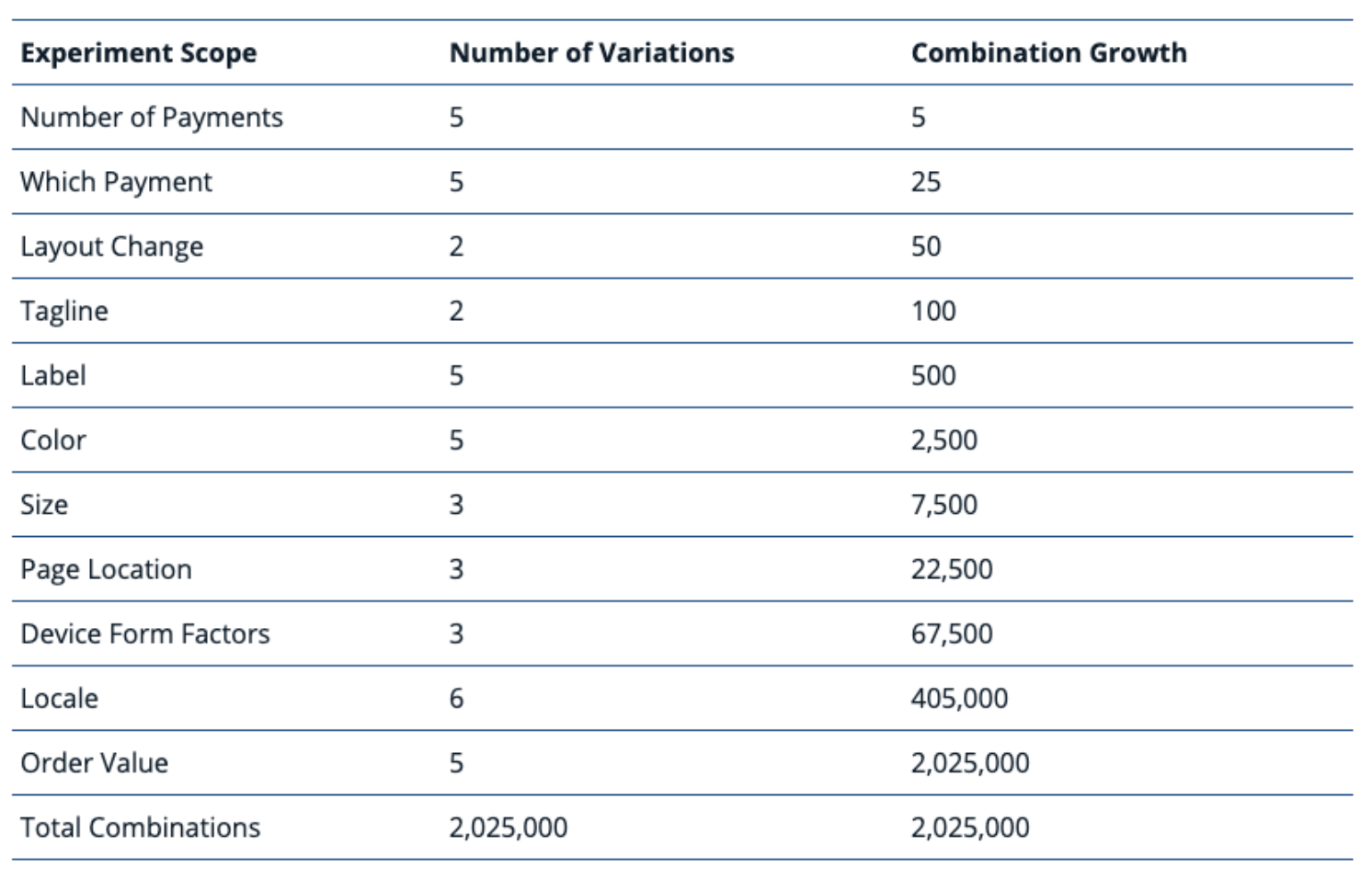Uncertain About Your Data? Get to Know Your Shopping Experience Better.

The signs that we have transitioned into a new experience economy are everywhere—from the struggles of brick-and-mortar retailers, to the shift in online media and streaming entertainment, to the meteoric growth of Apple, Amazon, Netflix, and others leading this industrial transformation.
In the center of it all is the sudden shift in the historic balance of power between the seller and the buyer. For thousands of years, sellers held tight control over the sales cycle. Product information, market knowledge, and pricing were all closely guarded.
The internet changed this dramatically. With more than half of the world’s population now online, the internet has empowered consumers with access to virtually unlimited information, the ability to quickly evaluate products, and the ultimate convenience of being able to switch to a competitor with a single click.
I really try to buy from local/independent shops. They don’t always make it easy, though. In fact, many offer poor service.
If your customers forgo the convenience of Amazon to support your shop, you’d best what you can to provide an exceptional—and personal—customer experience.
— Eric Karjaluoto (@karj) October 18, 2020
In this article, we’ll explore 3 main topics that all members of an eCommerce team should consider, whether the role is sales, design, development, or any other position crucial to driving sustainable revenue:
- The advantage of adapting to customers rather than simply reacting – what kind of experience does the individual shopper want and how does a company deliver it?
- Taking the guesswork out of optimization through continuous testing and learning.
- Why generating more traffic and other marketing strategies have a law of diminishing returns, and what can be done recover lost revenue.
Why is optimization such high priority for eCommerce brands?
The window of opportunity to make a sale in eCommerce has shrunk to mere seconds.
It can be argued that it doesn’t matter how good a store’s infrastructure, fulfillment, and support are, nor how much money is spent on marketing. The ultimate fate of a brand’s eCommerce success lies in those last few clicks where visitors form their own split-second impressions. These directly affect revenue per visitor, conversion rate, cart abandonment rate, and many other important metrics:

If the impression is negative, the sales opportunity is lost. This reality holds true both for new and returning visitors. That’s why ‘customer experience,’ an umbrella term that covers hundreds or even thousands of elements on a given site that can affect the outcome of a visit, has become such a dominant and determining factor of success for so many online stores (Amazon being the clear leader).
What many brands are missing, however, is a way to effectively measure these crucial moments where customers make the decision on whether to buy or not to buy (such as checkout) – as long as this remains the case, the big players in eCommerce may continue to widen the gap.
The room for improvement is tremendous. Just consider the average site metrics:
- Bounce rate: 60% (meaning that only 40% of visitors go beyond the first page)
- Cart abandonment: 69.23% (meaning that only 30.77% of all visitors who add a product to the online shopping cart complete the checkout)
- Conversion rate: 1.6% (meaning that 98.4% of all visitors never buy anything)
Needless to say, site conversion rates and other metrics rank at the top of eCommerce priority lists. Optimization tools like A/B (or multivariate) testing, targeting, and personalization are implemented by many companies, but how many of them really understand the potential of this technology?
Big, reputable companies and well-funded startups have created a perception that customer experience optimization problems are easily solved through the use of point solutions. Theoretically, the only thing left for online brands to do is to secure a budget, select the right vendor, and then maximize revenue.
Unfortunately, the reality is completely different.
Are static methods enough to keep up with dynamic shoppers?
eCommerce optimization used to be done “on an island,” or with only a company’s own data in mind. More recently, merchants have expanded to comparing their data with others in their field which has had a compounding effect on growth.
An example of this is the Mobile Optimization Initiative, a program in which hundreds of prominent brands have been teaming up to tackle the biggest challenges facing eCommerce today, including:
- Massive gap between mobile and desktop conversions (why is it happening?)
- Lack of meaningful eCommerce-specific analytics
- Inability to effectively scale (especially for smaller merchants)
A/B testing and other conventional solutions were designed for customer behavior that existed in the old economy when customers went through a stationary and sequential-step sales funnel. While testing is still undoubtedly a powerful tool, it needs to be continuous and adaptive rather than periodic for merchants to get the most benefit.
One example is Pricestack, an AI-powered behavioral pricing app:

On the technical front, the methodologies used by these vendors are deeply rooted in statistics used for a static world. To illustrate this point, some vendors are differentiating their products by claiming that they have invented a new formula for statistical confidence calculations that requires a smaller sample size, and consequently, less time to reach statistically confident results.
In the process, they may be creating a false sense of security that statistically confident, historical results are certain to persist in the future. Today’s reality is that certainty of future results simply does not and cannot exist. In this new economy, eCommerce sites are in a constant state of flux.
Teams need a better way of bringing sales, marketing, design, development, and finance together in order to evolve with the customer rather than constantly playing catch-up.
Every engagement with online visitors can be a learning moment, allowing brands to uncover unique visitor preferences and identify new directions for a product strategy.
Where does marketing fit in with optimization?
There has long been a debate in eCommerce about whether it’s smarter to invest in marketing or optimization (e.g. more traffic or improving customer experience).
While bringing in more site visitors may seem attractive to merchants as a way to increase revenue, eventually they will likely end up paying more and more to get the same return. This is not to say that boosting traffic is a bad investment, it just isn’t sustainable without first keeping your existing visitors happy–that’s where optimization comes in.

In order to avoid these diminishing returns, merchants need to understand the behavior of their customers, and even more importantly, adapt as their preferences change over time. By doing so, merchants can consistently provide an excellent experience and retain existing customers as ad spend brings more visitors to their sites.
Instead of debating over which is the better investment, eCommerce teams should instead focus more on how they can get the most out of marketing and optimization working together.
Start building eCommerce intelligence
Too many merchants jump right into testing before running a full analysis to determine what the actual problems are. This is a typical issue because all too often the initial goal is to create a boost in conversion rate, sales, or some other vital metric. Rather than focusing on a long-term solution, the investment is made into a short-term fix.
In order to create a foundation for eCommerce intelligence, teams should instead start by asking a few key questions:
- How are you collecting checkout, product page, cart, and other shopping data?
- What KPIs do you have set?
- Is your data accurate? How do you know?
The answers to these questions could help in building a foundation for your optimization strategy that isolates common pain points customers face with every visit. Neglecting to address these obstacles through deep analysis and experimentation makes it extremely difficult for merchants, especially those without considerable resources, to control the chaos.
Let’s look at an example of how complicated setting up just one aspect of an eCommerce site can be. Below is a table of wallet payment configurations available to the average merchant.

This creates over 2 million possible variations of wallet payments presentation to shoppers on the merchant’s site. Being that shoppers are more likely to convert when they see a payment method they trust, and cart abandonment rates are higher when they don’t, this step alone could make or break the entire shopping experience.
It’s instances like this that bring to light how critical it is to know how your visitors are interacting with your site, how they prefer to pay, what makes them turn to a competitor, and countless other variables that all own an important stake in determining a brand’s overall success.
Building eCommerce intelligence is a marathon, not a sprint, and analytics are no longer just about data, but the insights merchants can obtain from the data in order to build a better relationship with the customer.



